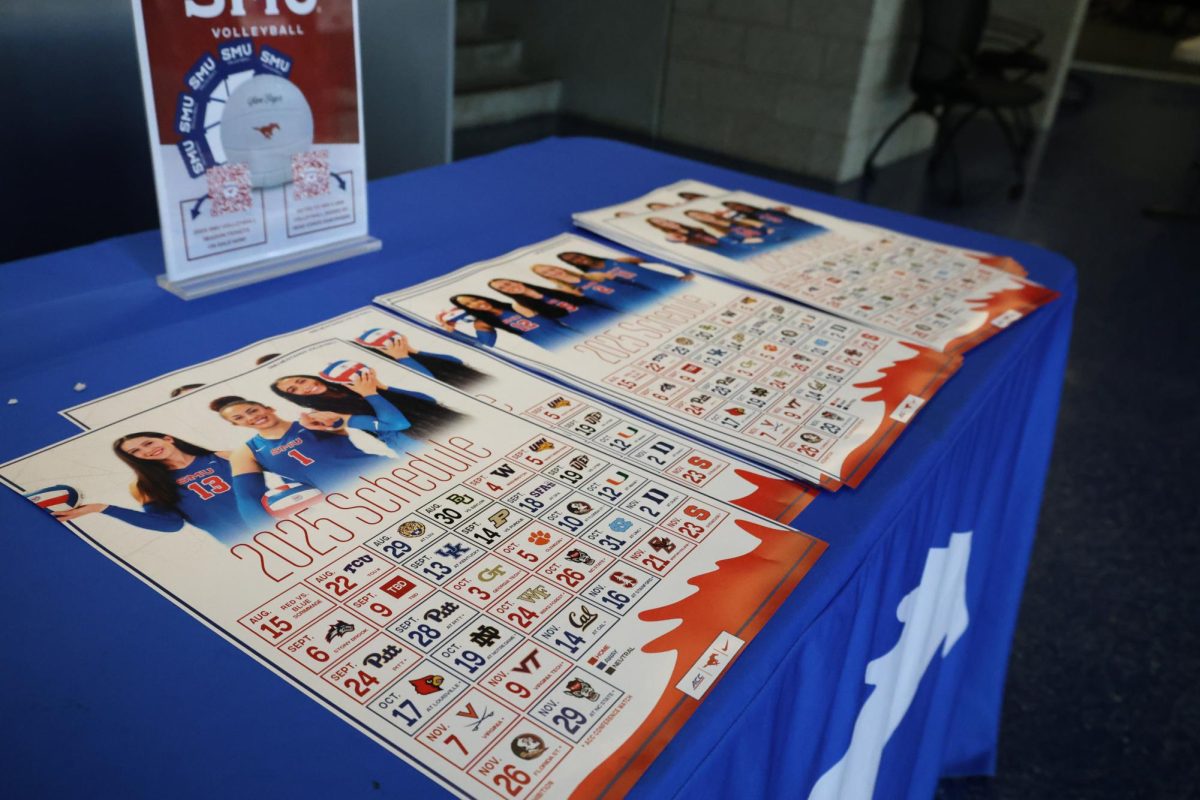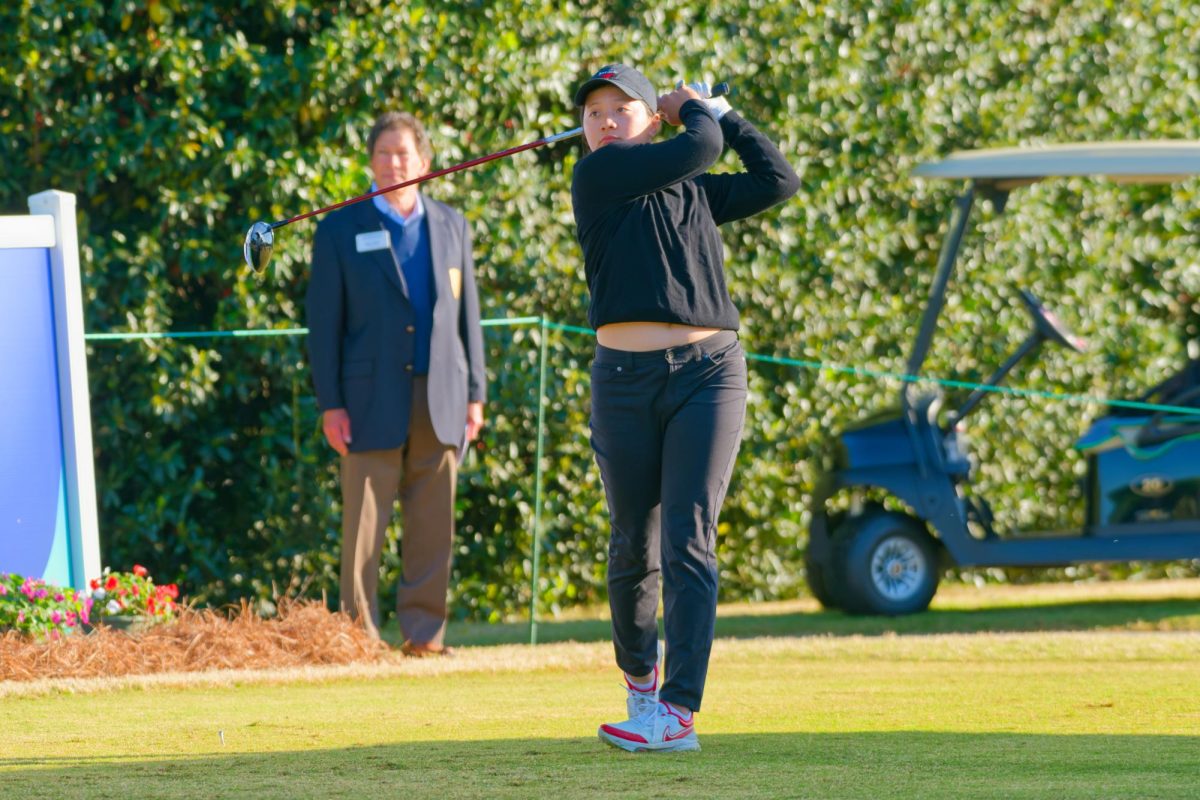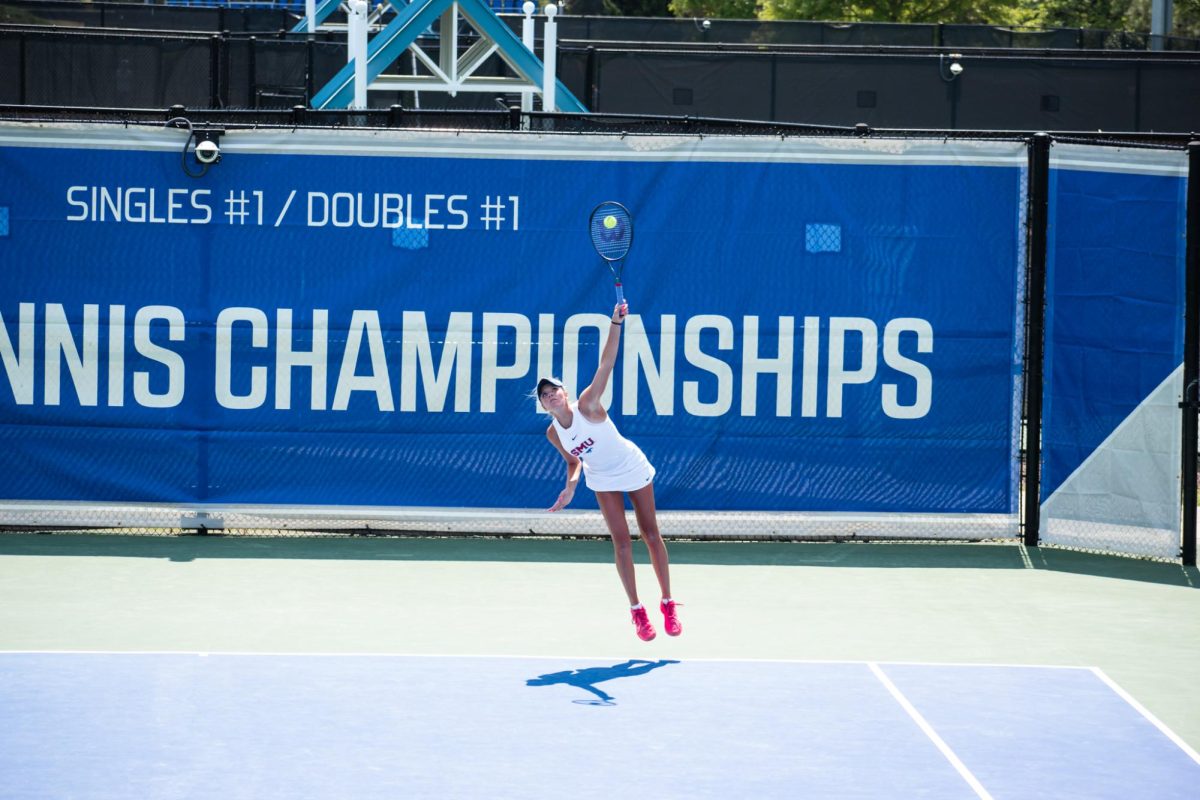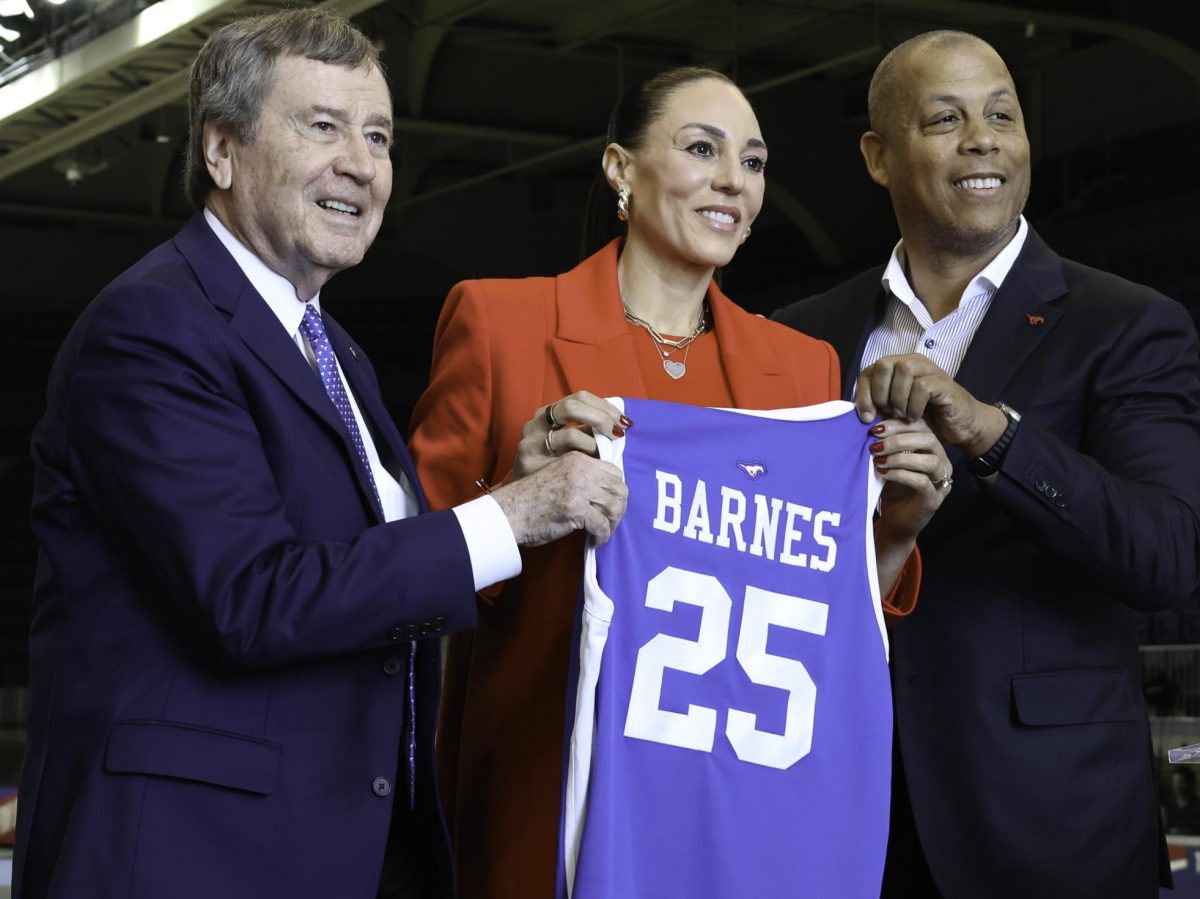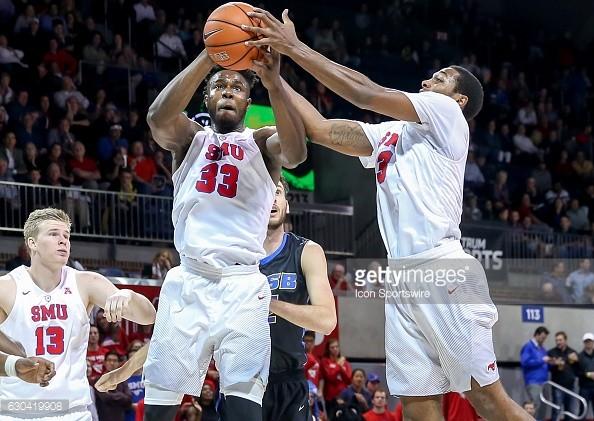
The Boston Celtics defeated the defending NBA champion Golden State Warriors 92-88 in a thriller on Nov. 16th to win their 14th straight game of the season. SMU alumnus Semi Ojeleye gave the Celtics 17 key minutes in that game.
Ojeleye and Sterling Brown were both drafted to NBA teams in June. Ojeleye went to Boston with the 37th overall pick and the Philadelphia 76ers drafted Brown with 46th pick before dealing him to the Milwaukee Bucks.
Ojeleye has been an impact player for Boston already, but not in the same way he was at SMU. While Ojeleye earned himself AAC Player of the Year award with his scoring, the Celtics saw him as someone who could thrive on the defensive end of the floor.
“When we drafted Semi, we knew that obviously he’s physically ready to play,” Celtics head coach Brad Stevens said. “Strong, athletic, has a great mentality and mindset, very smart, and we knew he could be a versatile defender.”
Ojeleye averaged 19 points per game at SMU and was the team’s go-to scorer down the stretch. But, in the NBA, as a rookie picked in the second round, Ojeleye knew he would not be given many chances to score the ball, especially on Boston, which made the Eastern Conference Finals last season. Furthermore, the Celtics’ roster is loaded with talented forwards. Jaylen Brown and Jayson Tatum are highly touted young players who play on the wing like Ojeleye, and Marcus Morris and Gordon Hayward are proven veterans who thrive at the forward position.
“You look to your left and see a guy like Kyrie (Irving), Gordon (Hayward), Marcus Morris, Al Horford. You see guys that have done it for so long on this level,” Ojeleye said. “So, as a rookie, you need to find out how to get on the floor, and it’s gonna be on the defensive end.”
Ojeleye has embraced being a defensive stopper. He has fared pretty well against NBA titans such as LeBron James, Kevin Durant and Stephen Curry. His combination of quick feet and muscular frame allows him to guard quick guards, physical brutes and everything in between.
“He probably has exceeded our expectations in that regard with his ability to guard one-through-five in certain times,” Stevens said.
The next step for Ojeleye is figuring out how to impact the game on the offensive end of the floor. He has only taken 2.2 shots per game — a steep drop-off from the 12.3 he attempted at SMU. Ojeleye spends most offensive possessions in the corners waiting for a kick-out pass.
“Offensively he still has to figure out his spots,” teammate Shane Larkin said of Ojeleye. “When to shoot, when not to shoot, where to be on the court, how to use the body he’s been blessed with. The offense will come just from being older and getting your experience in the league.”
Ojeleye has had to change more than the way he plays on the court. Professional athletes lead lives that are different from just about anyone else’s, and certainly different from the life of a college student. One of the biggest adjustments for Ojeleye is dealing with the excess amount of free time he has.
“There’s a lot you can do, a lot you can get into,” Ojeleye said. “It’s a blessing but it can also be a distraction if you get lost.”
An NBA locker room is also something new to get used to. Ojeleye’s teammates at SMU were mostly American, but on the Celtics he has teammates from France, Germany, Egypt, New Zealand and the Dominican Republic. One factor that helped him ease in with his new companions was his transfer from Duke to SMU.
“Learning to adapt and learning different guys’ personalities has been great,” Ojeleye said. “It’s kind of my second time through that process, and I think that’s helped make it a lot smoother.”
It would be easy for a rookie to sit silently in the corner when surrounded by veteran players, but Ojeleye made his presence felt early. In the first game of the season, Boston’s all-star forward Gordon Hayward suffered a gruesome leg injury that caused a lengthy delay. While the sight rattled players on both teams, Ojeleye helped his teammates refocus.
“Semi led us through a prayer for Gordon,” teammate Jaylen Brown said after the game. “Hoping everything was all right and to bring us together during this time.”
“Seeing him go down, one of the leaders, one of the guys I look up to — that was tough,” Ojeleye said. “But, I wanted to try to help everybody get their minds back on the task at hand, which was wishing him the best and trying to get the win.”
While Ojeleye has been thriving in Boston, Sterling Brown has had a tougher time finding his way onto an NBA court in Milwaukee.
Brown appeared in three games on the season for the Bucks, playing 16 total minutes before being sent down to play for the Wisconsin Herd, the Bucks’ G-League affiliate.
While Brown was with Bucks, he impressed his veteran teammates. DeAndre Liggins, who is in his fifth NBA season, likes Brown’s work ethic.
“He’s always in the gym early, always staying late,” Liggins said. “As a rookie, you don’t really see that. He’s got a competitive edge to him that I really love.”
Ojeleye has been shining with his defense in Boston, but the Bucks wanted Brown to improve on that end while at the lower level.
“In this league everybody can score the ball, but defensively is what were looking for,” head coach Jason Kidd said. “For him to get better is why he’s at the (G)-League. And also just get some minutes under his belt — he hasn’t had the opportunity to play that much with us.”
Going to the G-League is not a dangerous sign for Brown’s career. One-hundred-thirty-two players on Opening Day NBA rosters, or 30 percent of the NBA, have played in the G-League. Brown’s Bucks teammate Joel Bolomboy is one of those players.
“The main thing is when you go down there you’re able to work on your game,” Bolomboy said. “Work on the stuff the coaches tell you that they want to see, and it’s an opportunity to go down there and play and lead the guys.”
Brown was recalled to the Bucks Wednesday as a rash of injuries hit the team.
Both Brown and Ojeleye can attest that rookies find themselves with the ball in their hands much less often once they are in the NBA. Thus, they must adjust their games to find their way onto the court. Ojeleye’s game is much more defense-oriented than it was in college, but his mentality is the same.
“I’ve just been trying to win. Winning’s been my mindset because that was my mindset at SMU, so that hasn’t changed. It’s just a different way of trying to help my team win,” Ojeleye said.



